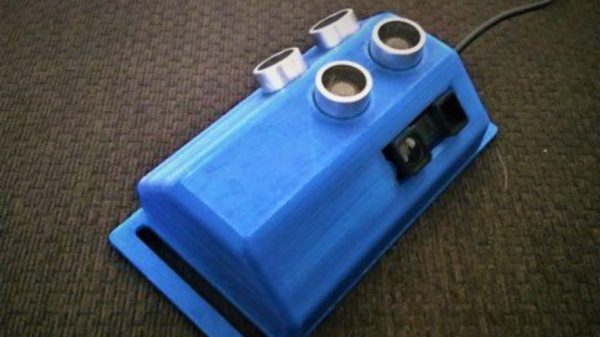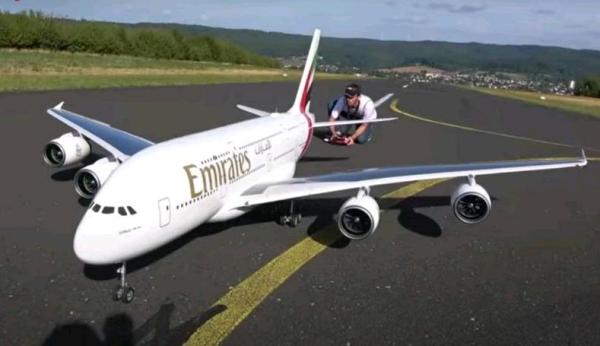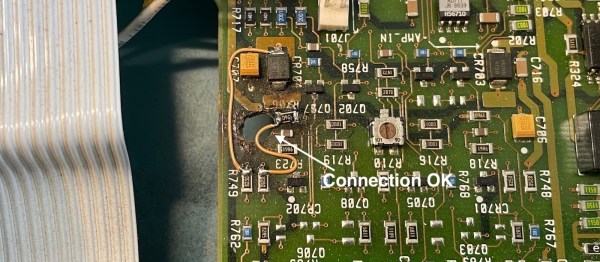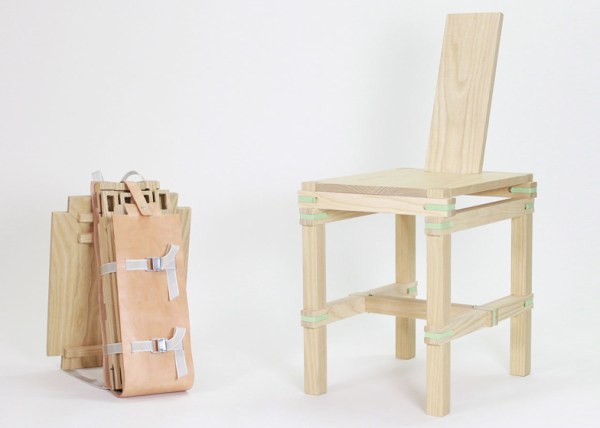For the vision impaired, there are a wide variety of tools and techniques used to navigate around in the real world. Walk-bot is a device that aims to help with this task, using ultrasound to provide a greater sense of obstacles in one’s surroundings.
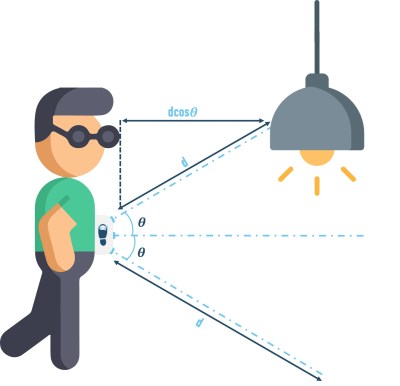
Created by [Nilay Roy Choudhury], the device is intended to be worn on the waist, and features two sets of ultrasonic sensors. One set is aimed straight ahead, while the other points upwards at an angle of 45 degrees. An infrared sensor then points downward at an angle of 45 degrees, aimed at the ground.
The distance readings from these sensors are then collated by a microcontroller, which uses trigonometry to determine the user’s actual distance to the object. When objects are closer than a given threshold, the device provides feedback to the user via a buzzer and a vibration motor. The combination of three sensors looking out at different angles helps capture a variety of obstacles, whether they be at head, chest, or knee height.
It’s unlikely that a complex electronic device would serve as a direct replacement for solutions like the tried-and-tested cane. However, that’s not to say there isn’t value in such tools, particularly when properly tested and designed to suit user’s needs.
We’ve seen some great projects regarding visual impairment before, like this rig that allows users to fly in a simulator. If you’ve been working on your own accessibility tools, don’t hesitate to drop us a line!

